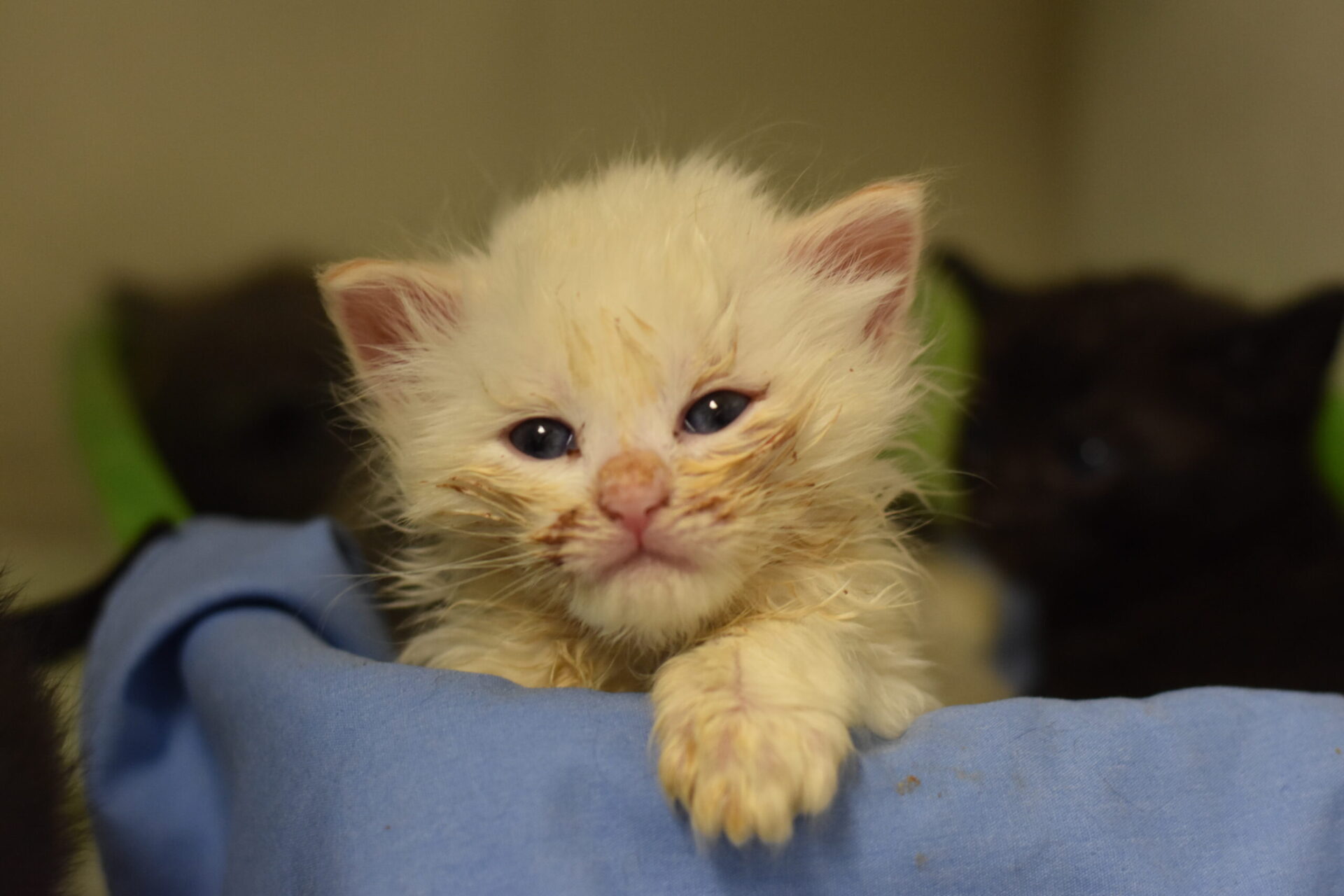Animal Protection Laws
In 1828, New York became the first state to pass a law to protect animals from cruelty and neglect. Since that time, laws have been advanced and formed to help keep pets and animals safe in our communities.
The vast majority of laws protecting animals occur on the state level with some protections offered at the federal level. Lollypop Farm Humane Law Enforcement Investigators are responsible for upholding these laws and charging those that break them with animal cruelty.

NEW YORK
STATE LAWS
Most of New York state laws protecting animals are primarily contained in Article 26 of New York’s Agriculture and Markets Law (§ 331 – 379). This also contains other provisions related to the treatment of animals as well as regulations for animal-involved businesses and products derived from animals.
Below is a reference guide of the most commonly cited laws protecting animals. Visit the New York State Senate website and more detailed information about New York State law.
Animal Fighting Provisions
Prohibits the use of animals for fighting, along with the associated breeding, training, and spectating of fights between animals or an animal and a person. This also prohibits owning or selling fighting paraphernalia such as break sticks and treadmills with the intent to use these objects for training animals to fight.
Animal Abandonment
An animal is considered abandoned when a person in possession of an animal abandons them without access to continued care, food, or water or leaves the animal in a public place to die.
Overdriving, torturing and injuring animals failure to provide proper sustenance
This statute prohibits unjustifiable physical abuse against animals as well as depriving an animal of proper care, food, water, and sustenance, including veterinary care.
Aggravated cruelty to animals
A provision of the statute above that includes unjustifiable intent to physically harm or kill an animal. This does not include hunting or defending against an animal attack.
Failure to provide proper food and drink to impounded animal
When an animal is confined, they should be provided with food and water.
Appropriate shelter for dogs left outdoors
Dogs left outdoors must have proper shelter from the weather and other environmental elements.
Confinement of companion animals in vehicles: extreme temperatures
An animal should not be kept in a car during extreme weather conditions without adequate ventilation or airflow that would result in physical danger to the animal. This also gives permission to first responders and humane law officers to remove the animal from unsafe conditions as necessary.
FEDERAL
LAWS
While the majority of animal protection laws are created on the state level, animal rights has recently received more and more attention on the federal level. Want to learn more about federal laws to protect animals? Visit the United States Department of Justice website.
The Animal Welfare Act
This federal law regulates the use of animals in research, testing, teaching, exhibition, transport, and by dealers. This act is enforced by the United States Department of Agriculture (USDA), Animal and Plant Health Inspection Service (APHIS) and the Animal Care program. The law also establishes licensures and requirements.
The PACT (Preventing Animal Cruelty and Torture) Act
The PACT Act prohibits knowingly creating or distributing an animal crush video using interstate commerce. The bill also adds a new provision to criminalize an intentional act of animal crushing.
Help Protect Animals
Every voice makes a difference. You can help to improve laws in our state by researching and getting involved. Without the help of strict laws, Lollypop Farm and other organizations would not be able to prosecute those charged with animal cruelty. By advocating to local government officials, you can show your support for animals in need.
You can help bring animal abusers to justice!
Get the inside scoop
Sign up to receive emails from Lollypop Farm, full of compelling
animal stories and news.
